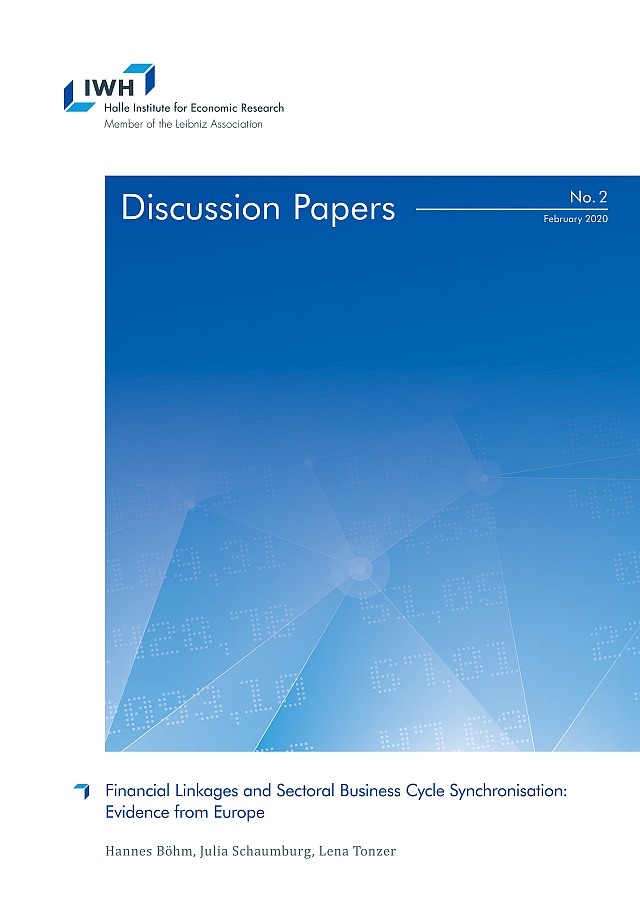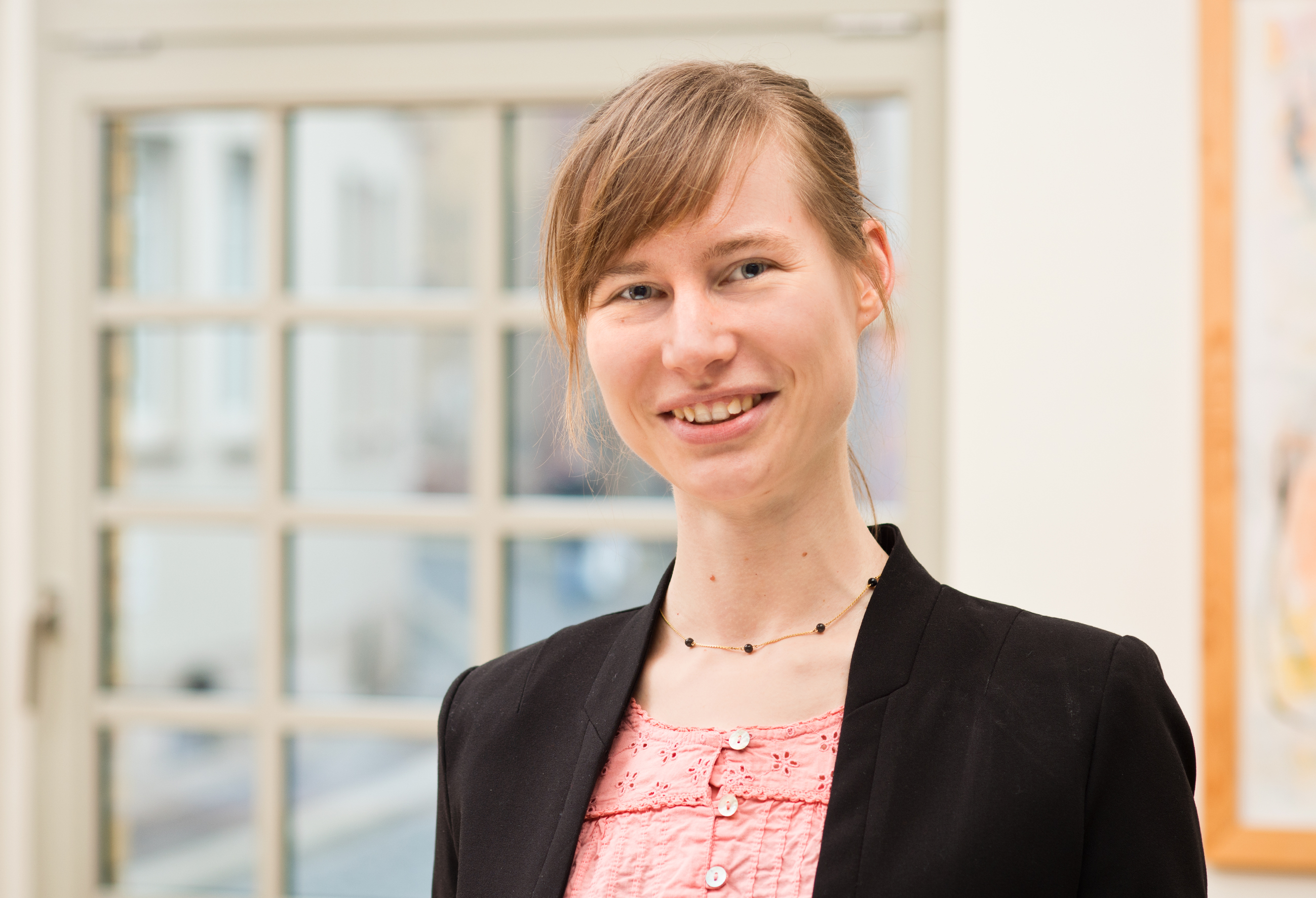
Financial Linkages and Sectoral Business Cycle Synchronisation: Evidence from Europe
We analyse whether financial integration between countries leads to converging or diverging business cycles using a dynamic spatial model. Our model allows for contemporaneous spillovers of shocks to GDP growth between countries that are financially integrated and delivers a scalar measure of the spillover intensity at each point in time. For a financial network of ten European countries from 1996-2017, we find that the spillover effects are positive on average but much larger during periods of financial stress, pointing towards stronger business cycle synchronisation. Dismantling GDP growth into value added growth of ten major industries, we observe that some sectors are strongly affected by positive spillovers (wholesale & retail trade, industrial production), others only to a weaker degree (agriculture, construction, finance), while more nationally influenced industries show no evidence for significant spillover effects (public administration, arts & entertainment, real estate).





